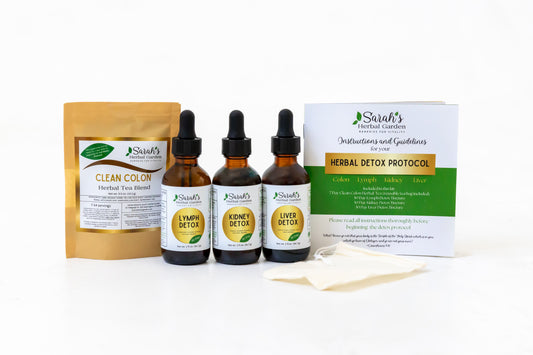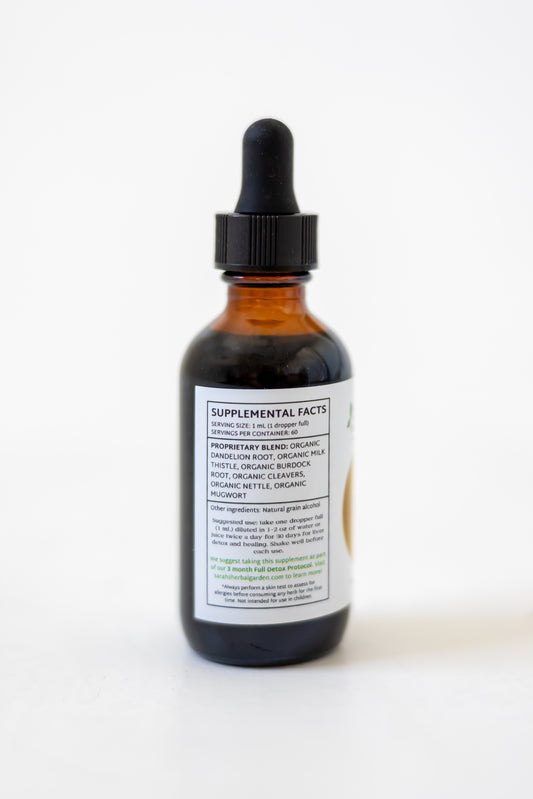
Detox your body to maximize the healing power of herbs!
Eliminating toxins from the body and clearing the elimination pathways set you up for success in your healing journey. We are here to help!
Detox in 3 steps:

Step 1: Open the elimination pathways!
For herbal medicine to be able to work as they are intended to, it is imperative that the body's filtering and elimination systems have been cleared! There are things you can do TODAY to begin to detox the body, as well as minimize future toxin build up as much as possible. In addition to healthy lifestyle changes, our Colon, Lymph, Kidney, and Liver Detox protocol will help your body purge the toxic build up that is likely contributing to whatever condition you are suffering from.
Keep scrolling to see our recommended lifestyle changes to minimize daily toxin exposure.
Sarah's Herbal Garden
Colon, Lymph, Kidney, and Liver Detox
Share
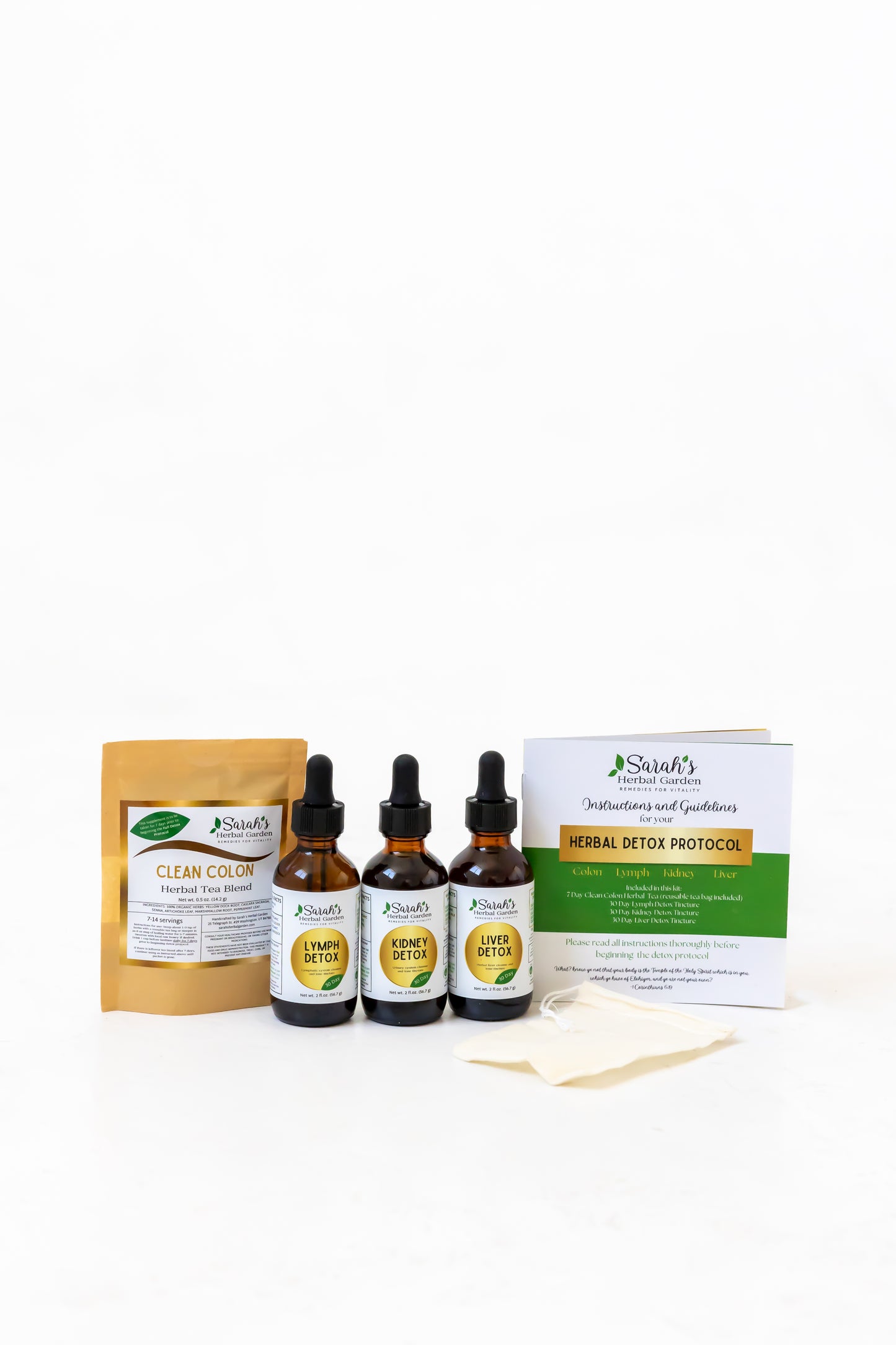


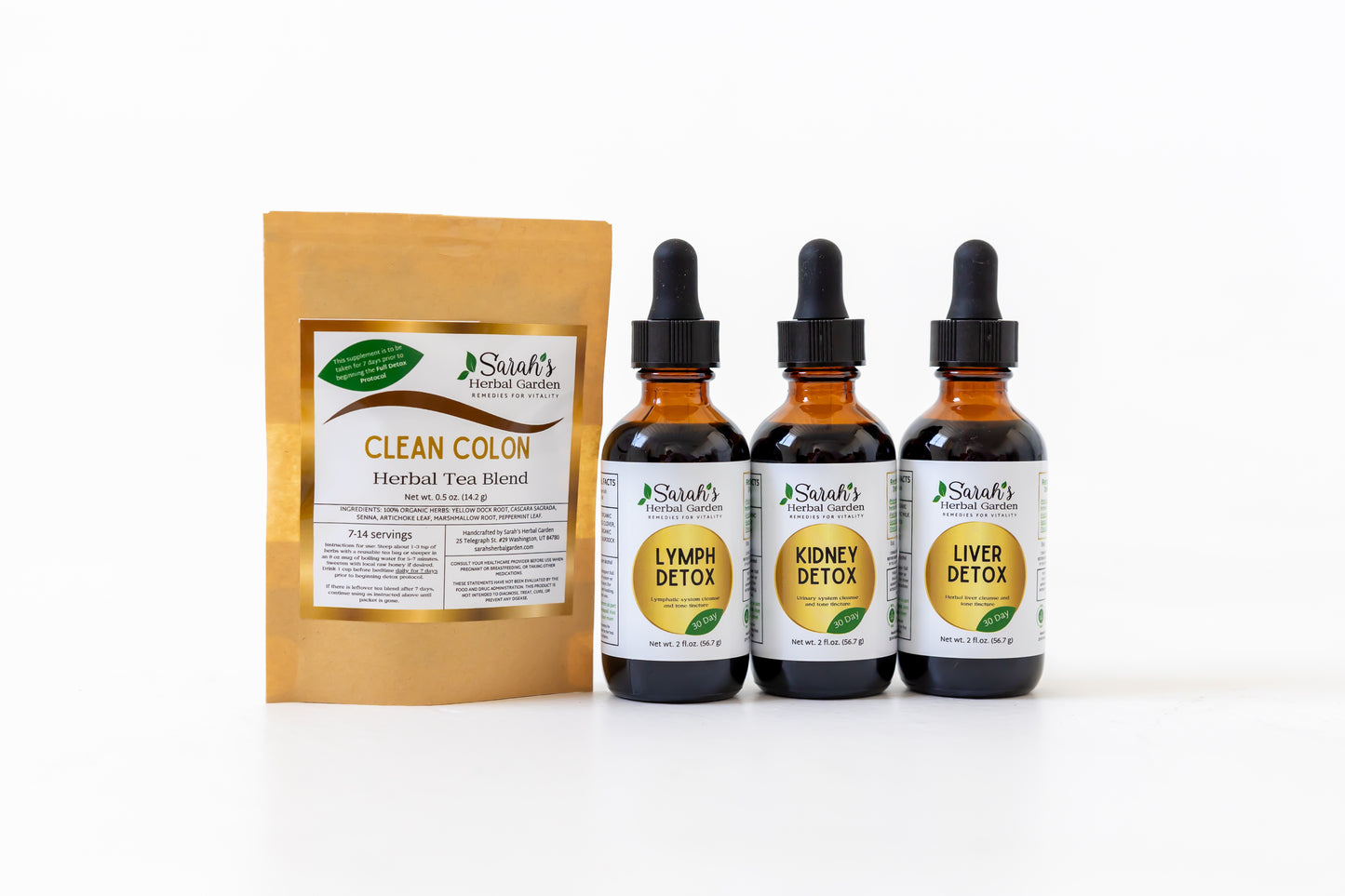

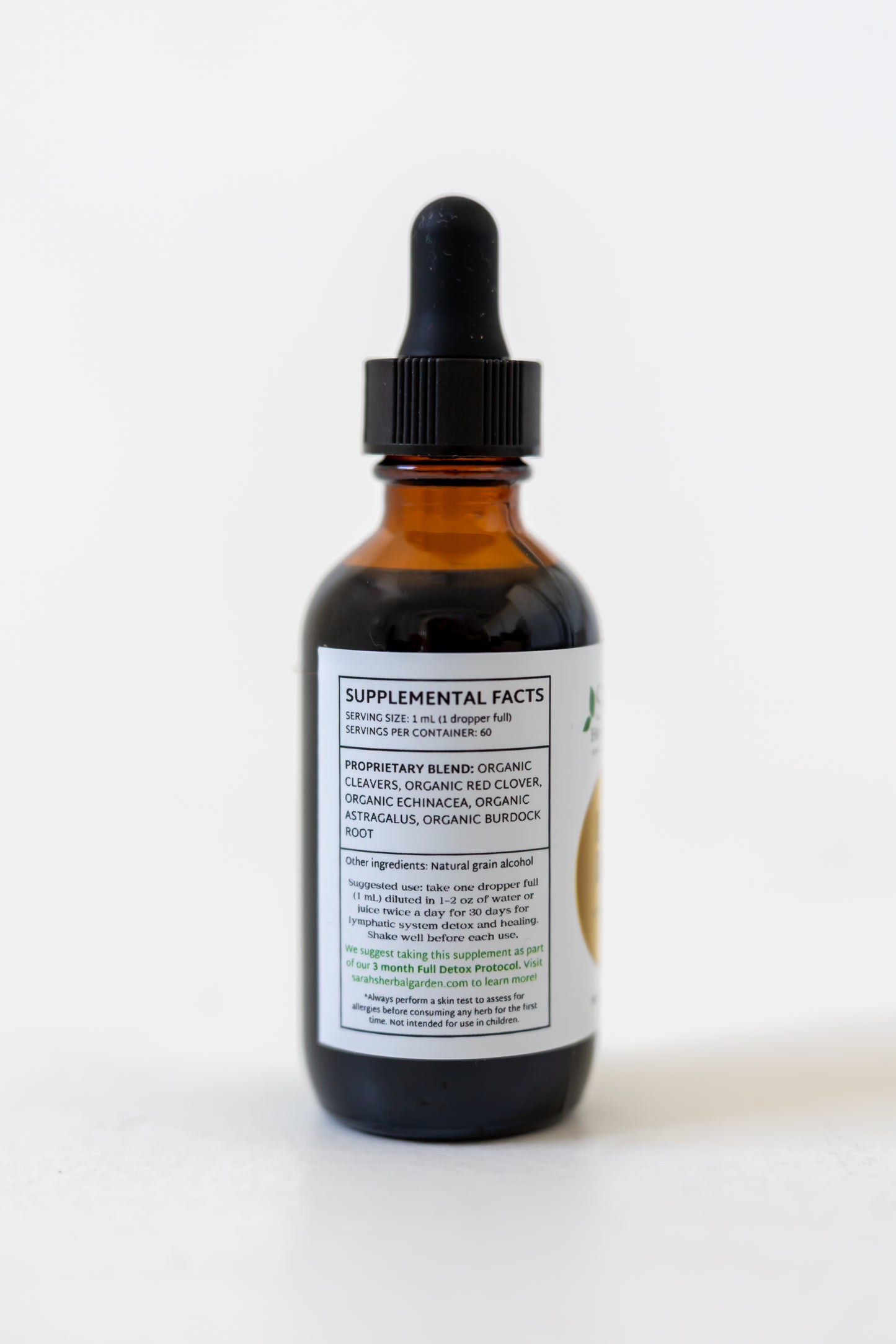


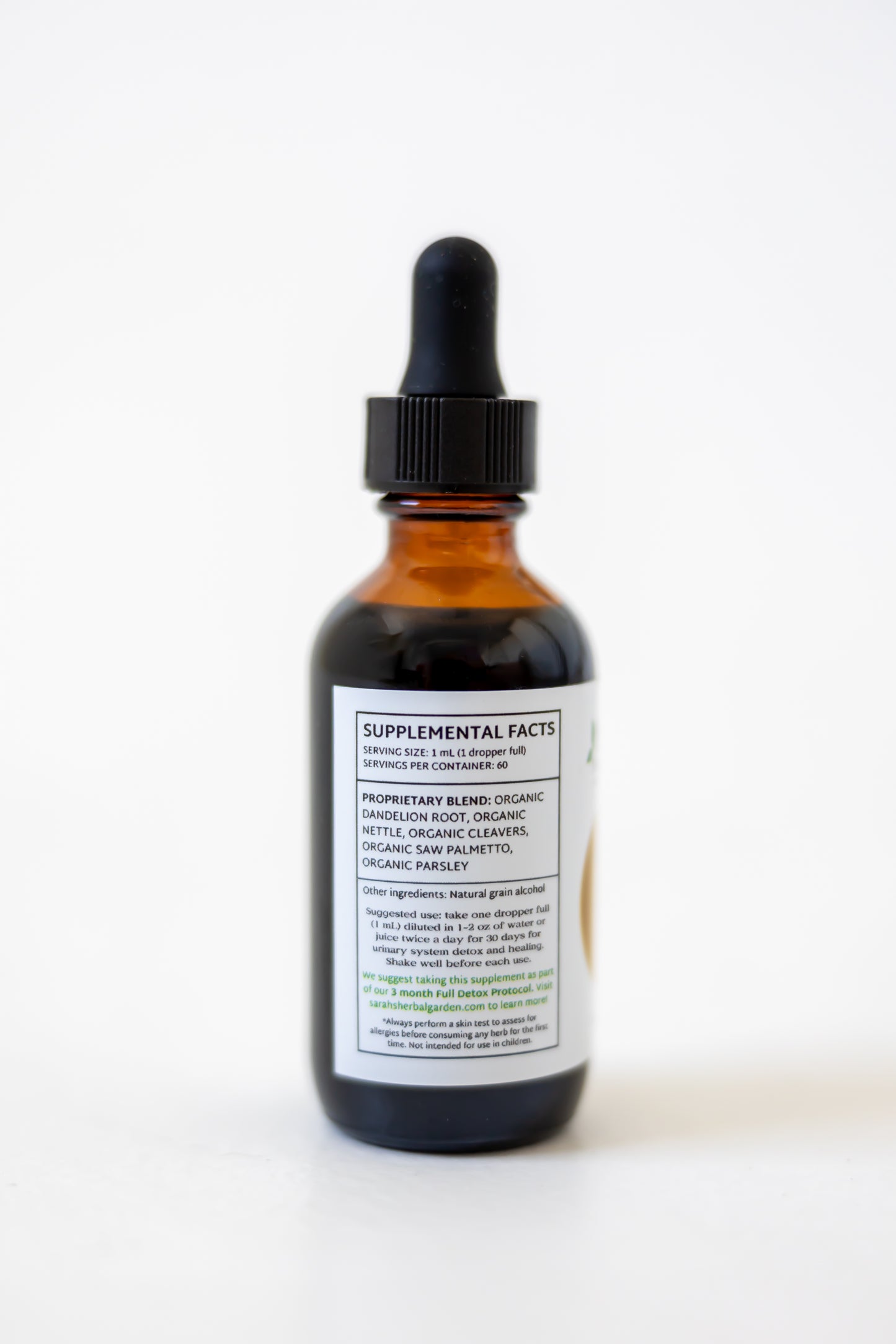



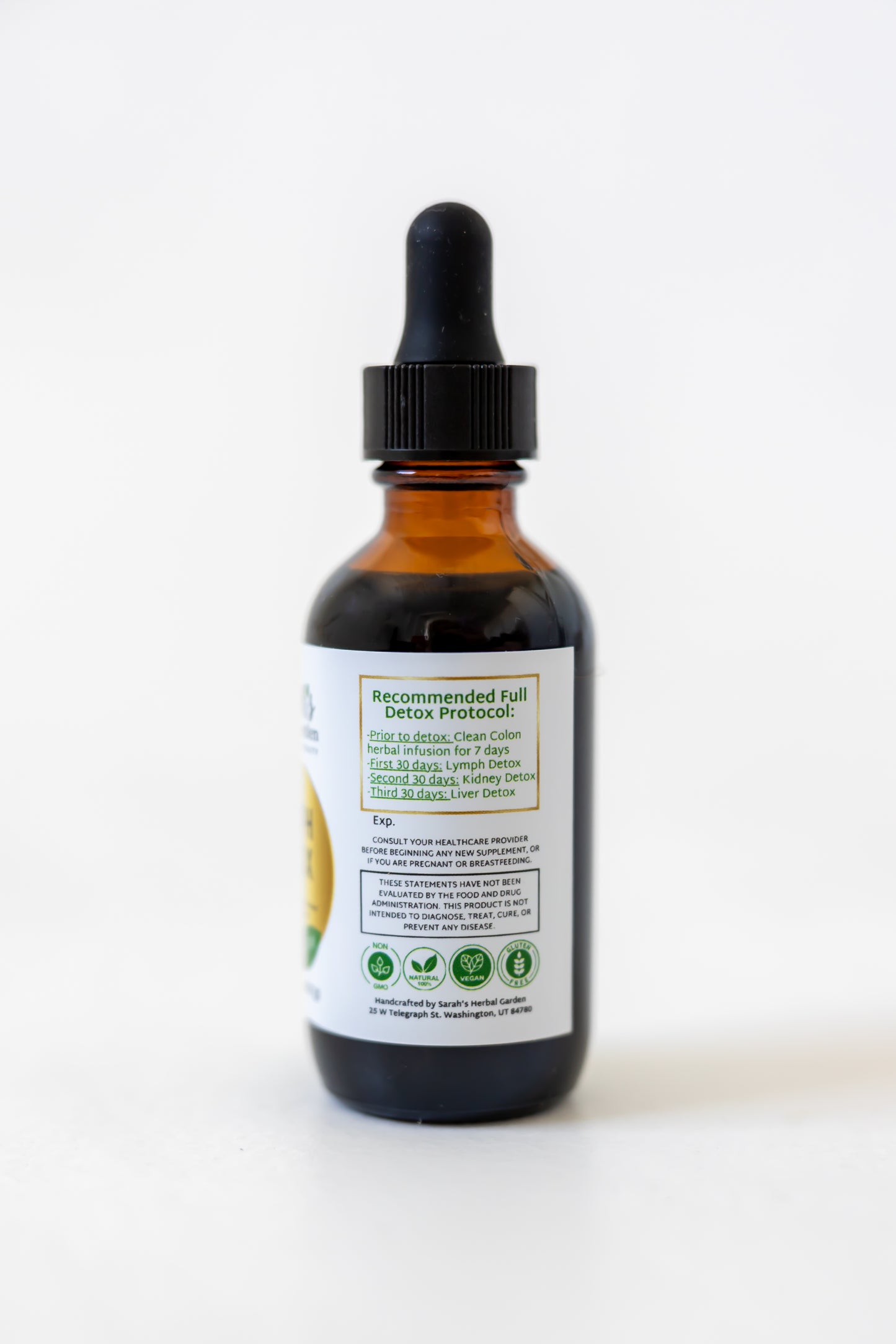
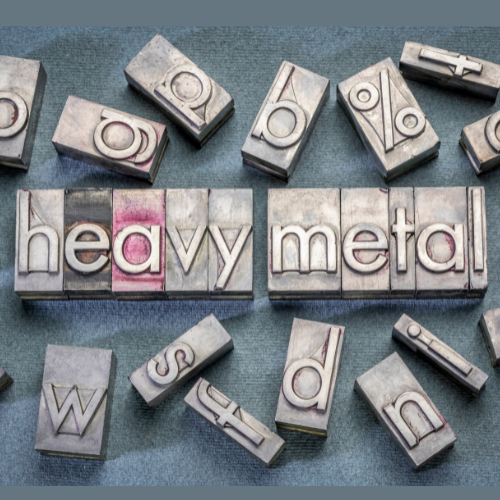
Step 2: Heavy Metal Detox
After you've opened the elimination pathways with our Colon, Lymph, Kidney, and Liver Detox Protocol, you're ready for Step 2: our Heavy Metal Detox Protocol. This is a 30 day herbal cleanse to remove harmful heavy metals such as lead, mercury, aluminum, cadmium, chromium, nickel, and thalium.
Sarah's Herbal Garden
Heavy Metal Detox Bundle
Share
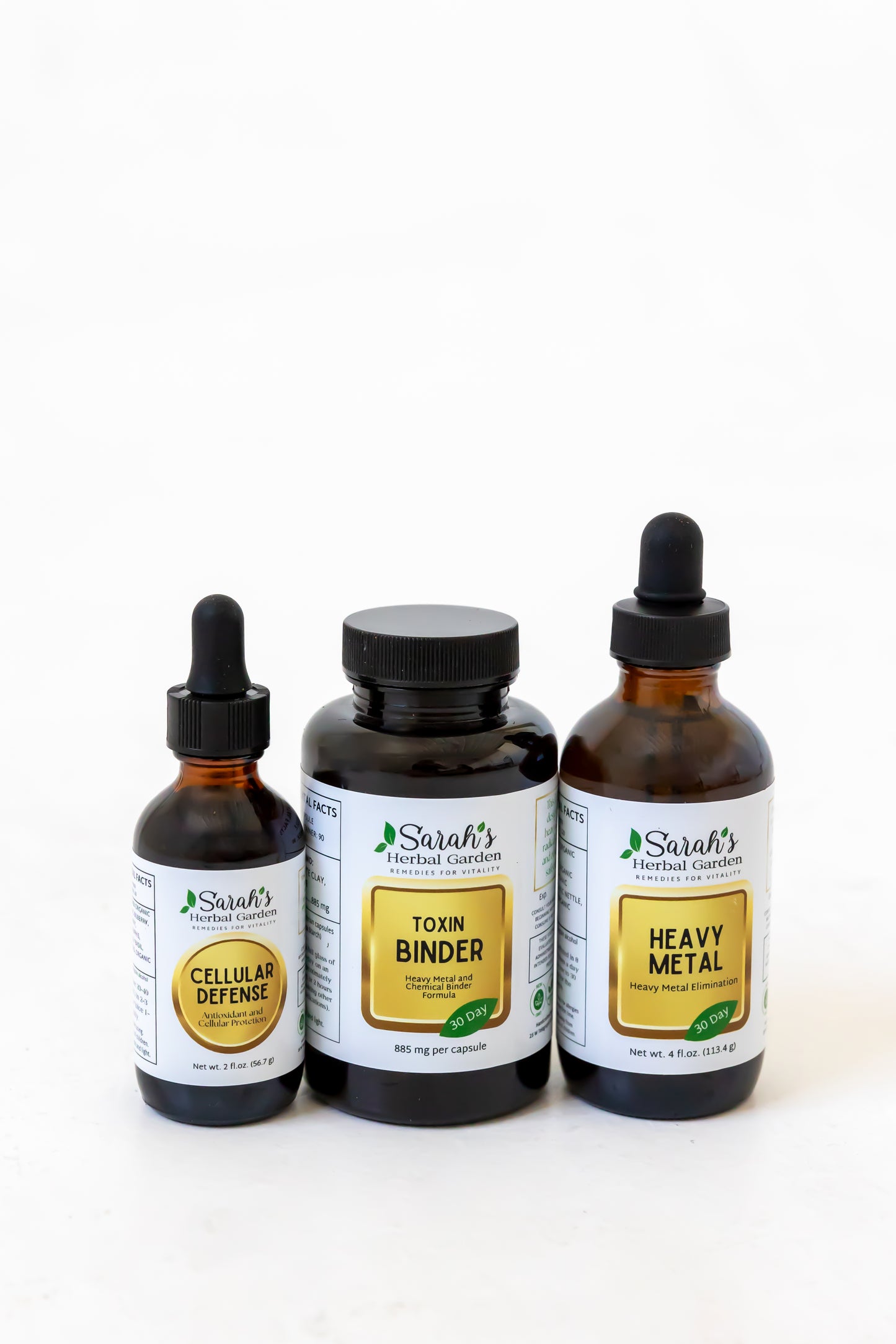







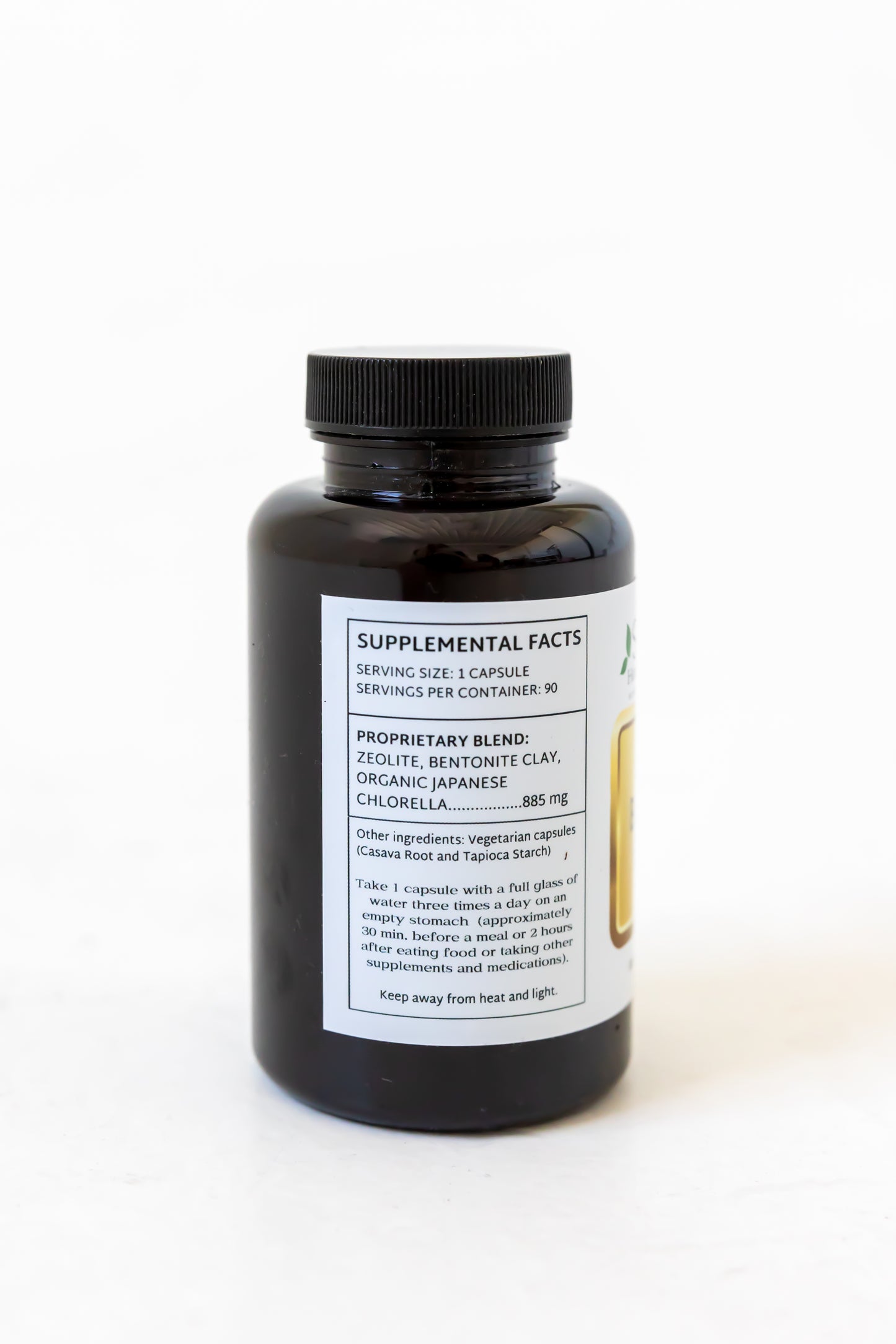
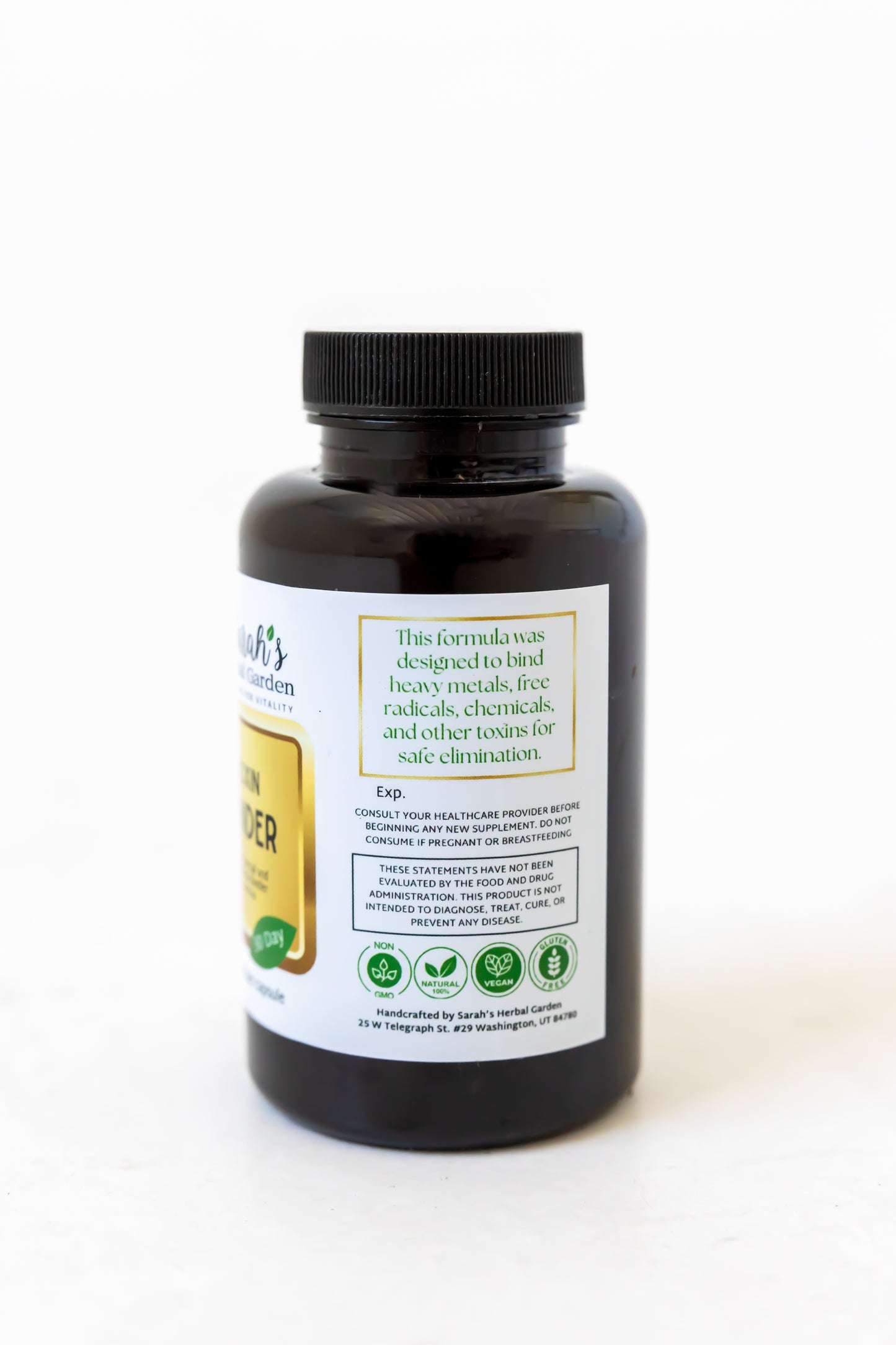

Step 3: Parasite and Yeast Cleanse
After completing Step 1 (The Colon, Lymph, Kidney, and Liver Detox protocol) and Step 2 (The Heavy Metal Detox Protocol), the third and final step is a 30 day cleanse for intestinal worms and other harmful microbes, such as candida. This cleanse may be needed to be completed 2 or more times to fully remove all unwanted microbes in the gut, but we recommend at least 2-4 weeks in between cleansing.
Sarah's Herbal Garden
Parasite Cleanse Bundle
Share
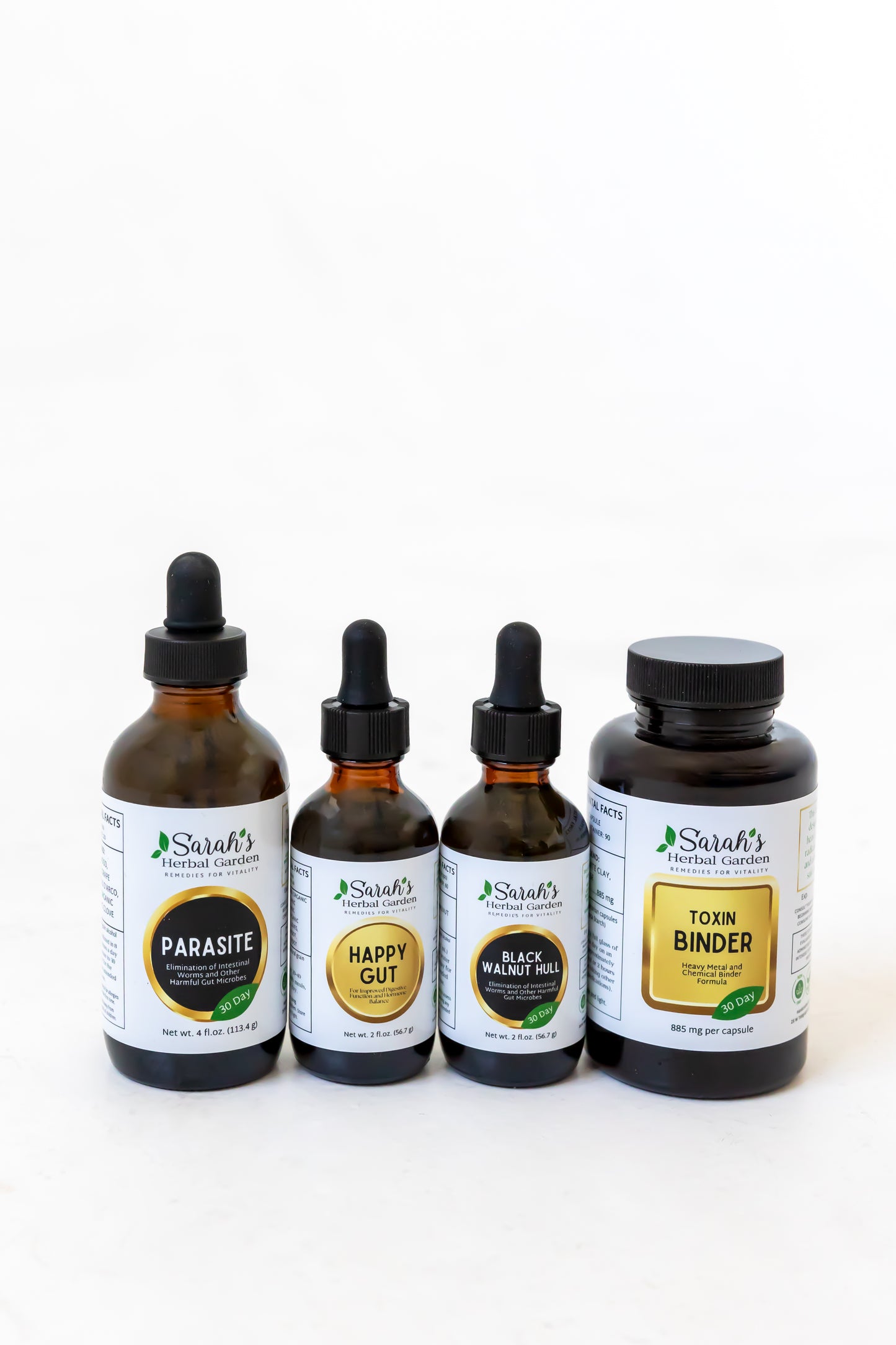









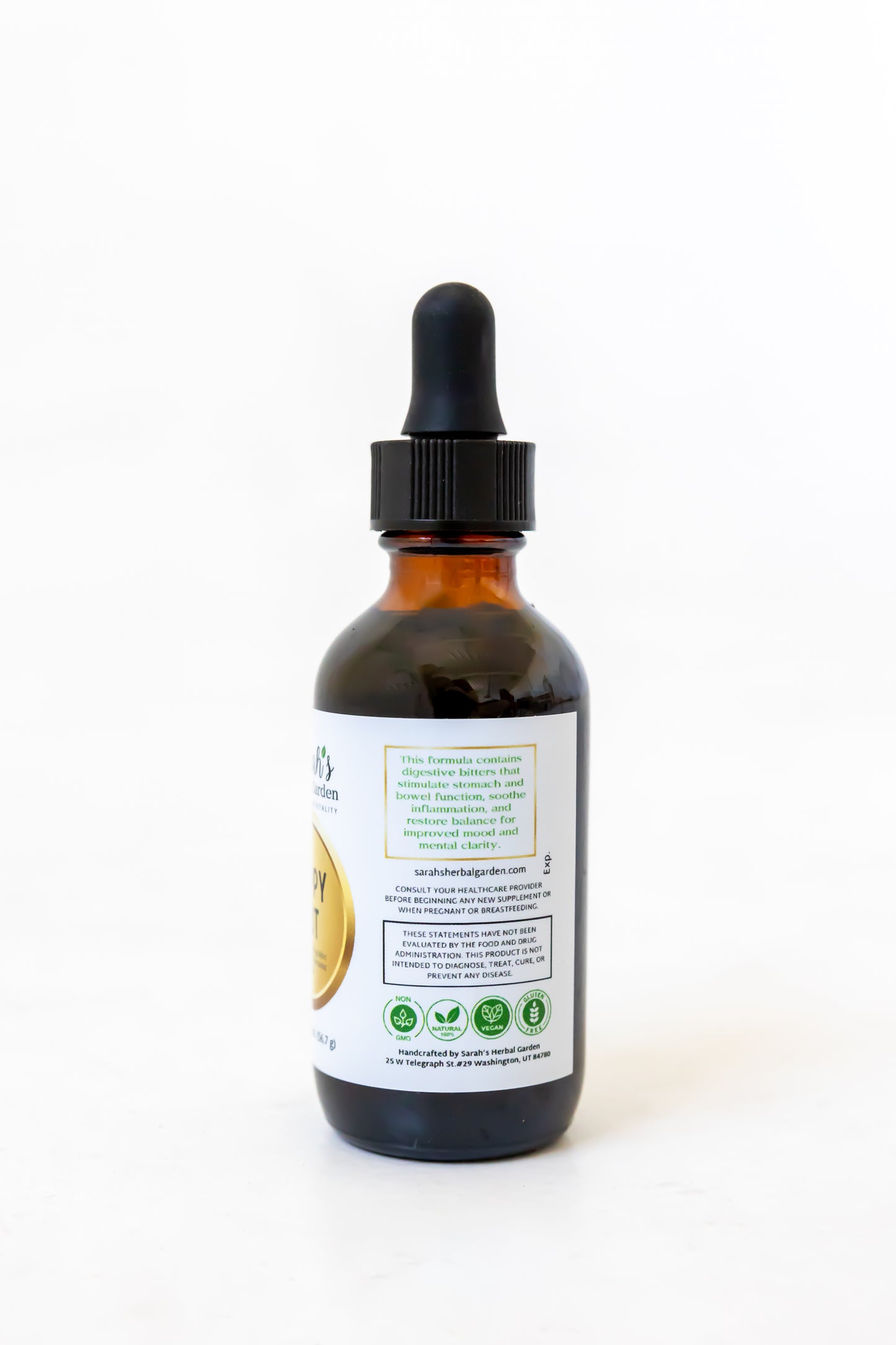


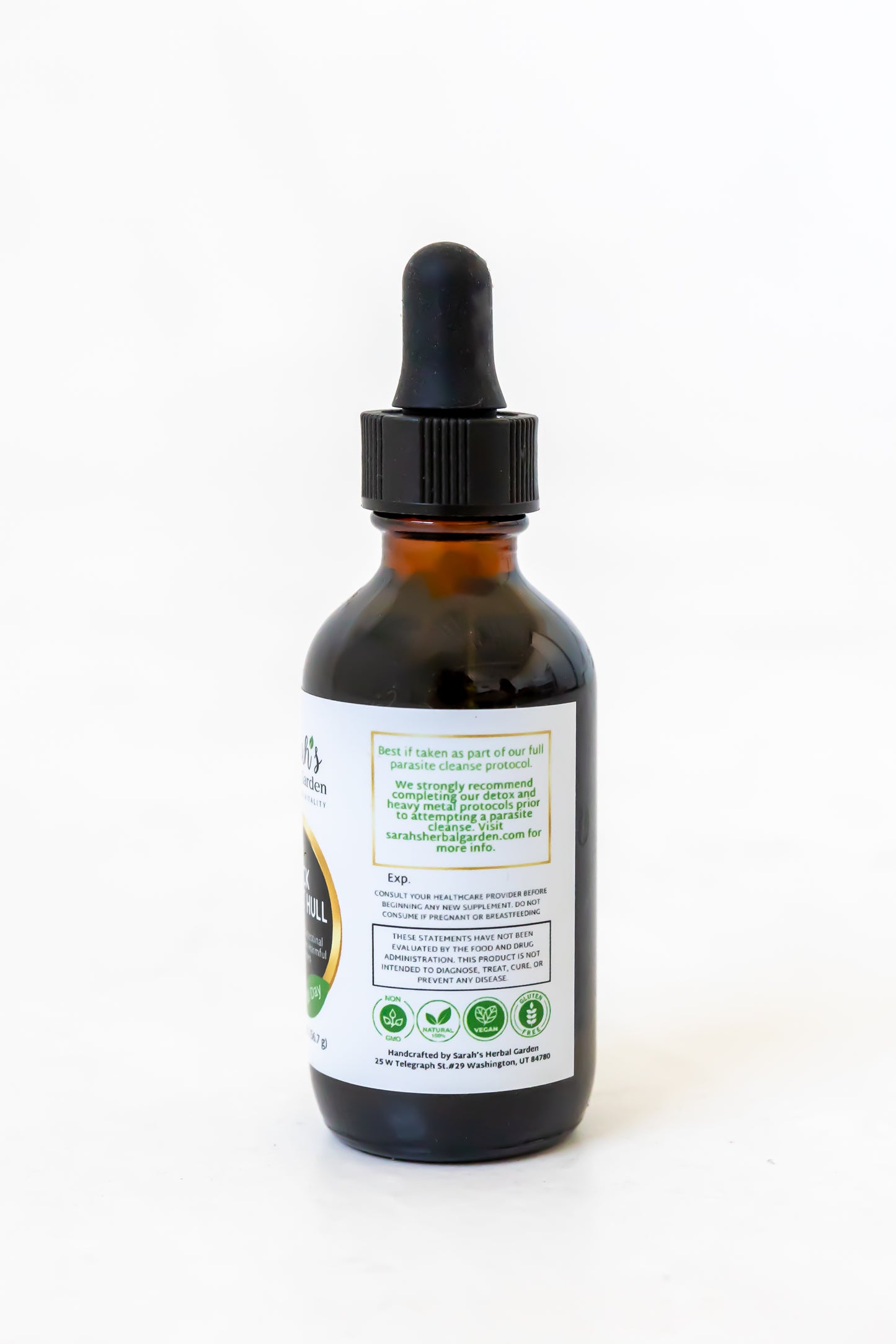
Parasite cleanse for those with nut allergies
Black walnut hull is a powerful herb for eliminating parasites, but not everyone can use this herb because of nut allergies. But don't worry, we have a parasite cleanse protocol for those with nut allergies!
Sarah's Herbal Garden
Parasite Cleanse Bundle {No Black Walnut}
Share










Detox Formulas
May be purchased separately or together as a bundle!
-
Colon, Lymph, Kidney, and Liver Detox
Regular price $90.00 USDRegular priceUnit price / per -
Clean Colon {Herbal Tea Blend for Occasional Constipation}
Regular price $12.00 USDRegular priceUnit price / per -
Lymph Detox Tincture
Regular price $29.00 USDRegular priceUnit price / per -
Kidney Detox Tincture
Regular price $29.00 USDRegular priceUnit price / per -
Liver Detox Tincture
Regular price $29.00 USDRegular priceUnit price / per -
Toxin Binder
Regular price $35.00 USDRegular priceUnit price / per






